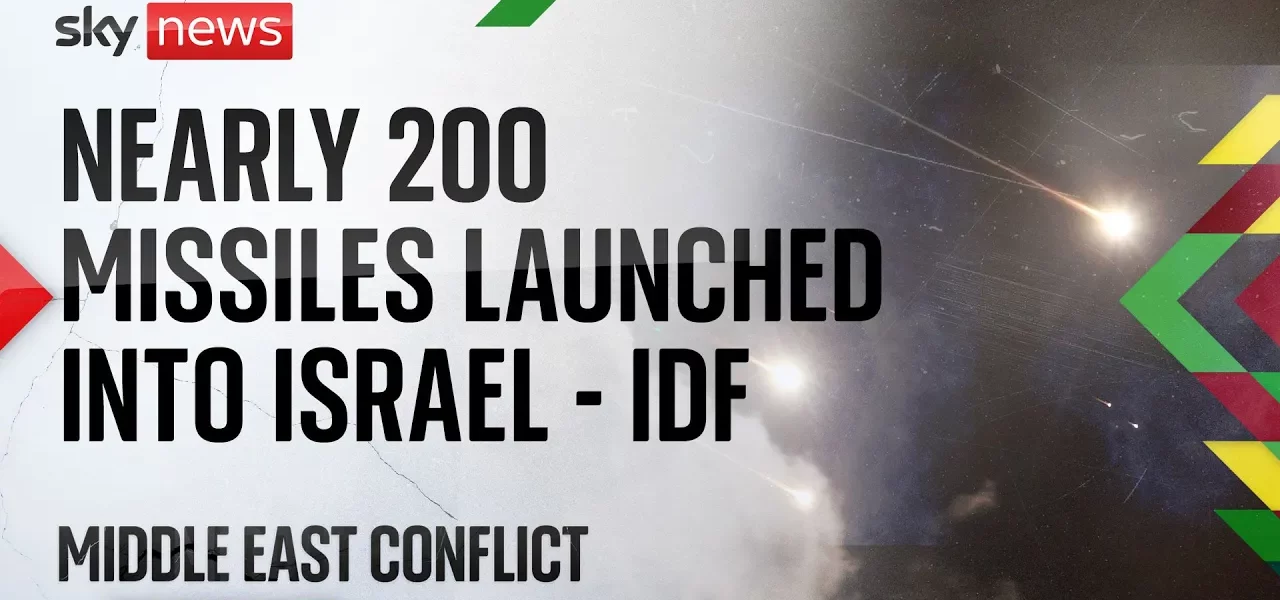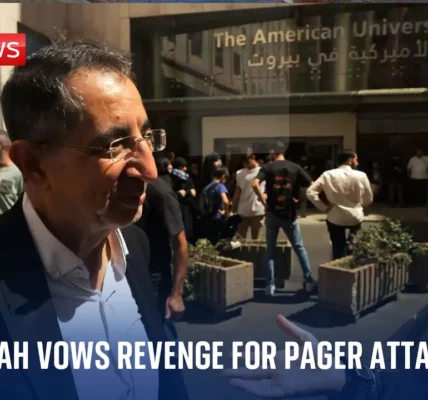Extraordinary Scenes of Missile Attacks in Israel

This article provides a detailed account of the recent missile attacks on Israel, focusing on the ongoing defense efforts, the implications for civilians, and the strategic responses from the Israeli military.
Introduction
In recent hours, Israel has been engulfed in chaos as missile attacks intensify, prompting a significant military response. The situation is dire, with sirens blaring across cities and civilians caught in the crossfire. This article delves into the current events unfolding in Israel, highlighting the military tactics employed and the humanitarian concerns arising from these attacks.
The Current Situation
The ongoing missile barrage against Israel represents one of the most severe escalations since the events of October 7th. With reports indicating numerous incoming missiles, the atmosphere in cities, particularly Tel Aviv, is tense as residents seek safety amidst the chaos. The Israeli military’s defense systems are being put to the test, and the following points summarize the gravity of the current situation:
- Continuous missile launches targeting urban areas.
- Sustained air raid sirens indicating an ongoing threat.
- Emergency services on high alert for potential casualties and damages.
The Role of the Iron Dome and Arrow 3 Systems
Israel’s missile defense systems, primarily the Iron Dome and Arrow 3, are crucial in managing the threat posed by incoming missiles. The Iron Dome is specifically designed to intercept short-range threats, while the Arrow 3 system targets long-range ballistic missiles. Here’s a closer look at these systems:
The Iron Dome
The Iron Dome has been instrumental in protecting Israeli cities from short-range projectiles. Key features include:
- Real-time tracking of incoming threats.
- High interception success rate.
- Integration with other defense systems for comprehensive coverage.
The Arrow 3 System
Arrow 3 is designed to counter more sophisticated threats. Its capabilities include:
- Targeting long-range ballistic missiles.
- Engaging threats outside the atmosphere.
- Collaboration with U.S. defense systems for improved accuracy.
Civilian Safety and Response
As missile attacks persist, the safety of civilians remains a paramount concern. Reports indicate that approximately 10 million residents are at risk due to the ongoing hostilities. Here are key aspects related to civilian safety:
Evacuation and Safety Protocols
Many civilians have taken to the streets seeking shelter, often with little warning. Safety measures include:
- Finding shelter under bridges or in designated safe zones.
- Emergency services providing guidance and support.
- Public awareness campaigns on how to respond during an attack.
Emergency Services
The Israeli emergency services, including Magen David Adom, are on high alert to respond to potential casualties. Their responsibilities include:
- Quickly assessing the situation for injuries.
- Providing medical assistance to those affected.
- Coordinating with local authorities to ensure public safety.
Global Response and Implications
The international community is closely monitoring the situation, with allies such as the United States expressing support for Israel. The implications of these conflicts extend beyond regional borders, prompting discussions on military aid and diplomatic interventions. Key points include:
- Potential military support from allied nations.
- The impact on global security dynamics in the Middle East.
- Responses from diplomatic channels aimed at de-escalation.
Conclusion
The missile attacks on Israel mark a critical moment in Middle Eastern geopolitics, with significant implications for civilian safety and military strategy. As the situation evolves, it is essential for the international community to remain engaged and supportive of efforts to protect civilians and promote peace. Stay tuned for further updates, and consider supporting humanitarian efforts for those affected by the ongoing conflict.
“`




